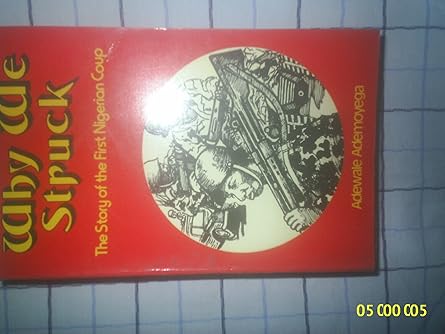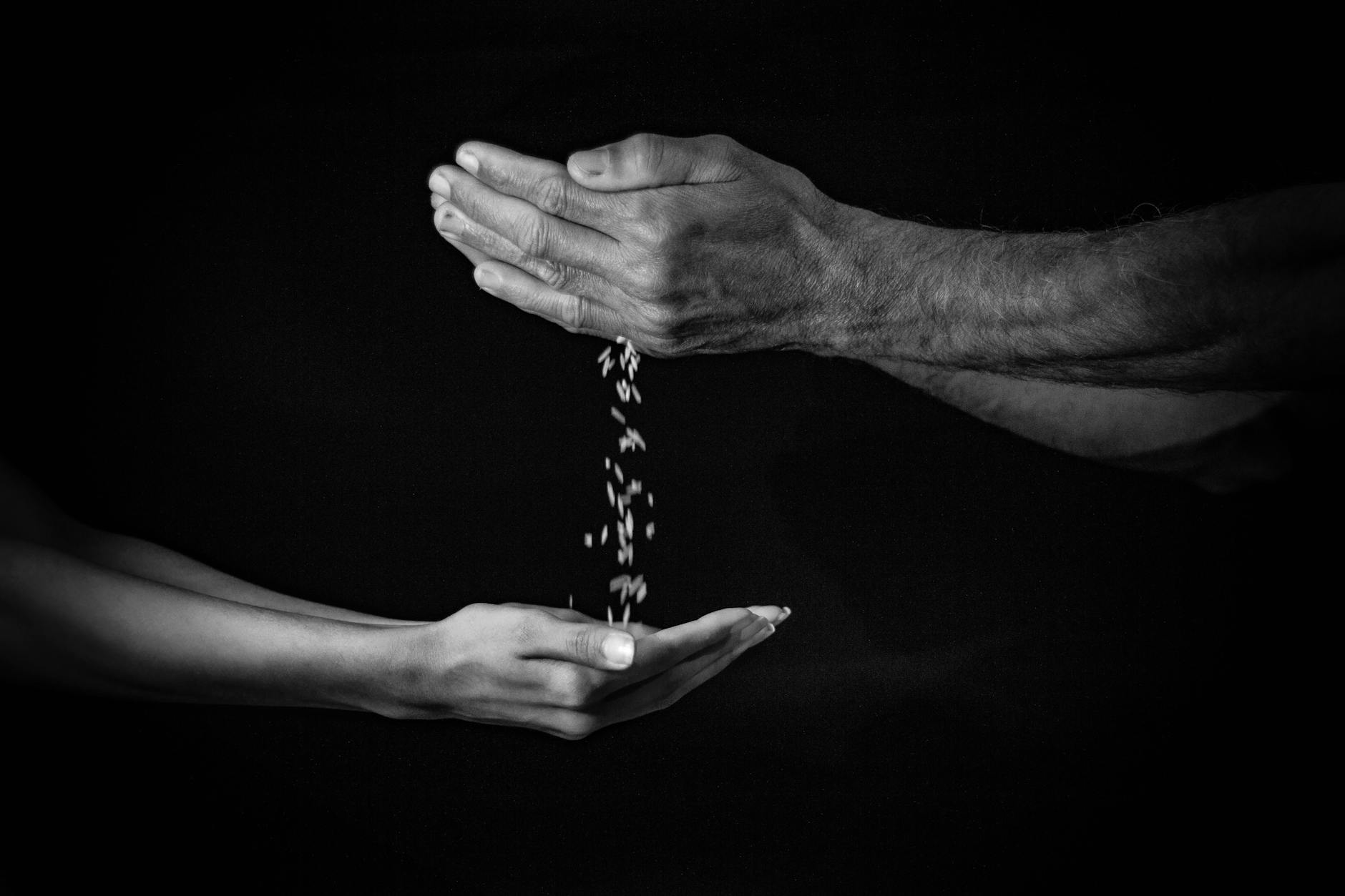Table of Contents
Introduction
Nigeria’s journey as an independent nation has been marked by moments of triumph and turbulence. Few events encapsulate this duality as vividly as the January 15, 1966, military coup—the country’s first plunge into military rule. In Why We Struck: The Story of the First Nigerian Coup, author Adewale Ademoyega, one of the masterminds behind this historic upheaval, offers an insider’s perspective on the motivations, execution, and aftermath of this pivotal moment. Published in 1981, Why We Struck remains a cornerstone text for understanding the ideals and missteps that shaped Nigeria’s early post-independence years. This article delves into the book’s key themes, providing a comprehensive summary of its content and exploring why it continues to resonate today.
The Genesis of Why We Struck
Why We Struck is not just a historical recount; it’s a personal testament from a man who helped ignite a revolution. Adewale Ademoyega, alongside Majors Chukwuma Kaduna Nzeogwu and Emmanuel Ifeajuna, formed the core of the group that sought to dismantle Nigeria’s First Republic. The book, written years after the coup and Ademoyega’s imprisonment, reflects his unwavering belief in the necessity of their actions. For readers searching for “Why We Struck,” this text stands out as a rare primary source—a narrative that blends memoir with manifesto.
The title itself, Why We Struck, signals its purpose: to explain the “why” behind the coup. Ademoyega frames the plotters as patriots driven by a vision of a united, corruption-free Nigeria. In 1966, the country was just six years into independence, yet it was already buckling under political corruption, electoral fraud, and ethnic rivalries. The civilian government, led by Prime Minister Abubakar Tafawa Balewa, was seen by many as ineffective and beholden to regional power brokers. For Ademoyega and his comrades, striking was not a choice—it was a duty.
The Coup’s Roots: A Nation in Crisis
To fully grasp Why We Struck, one must understand the context it addresses. Nigeria in the mid-1960s was a nation on edge. The 1964 federal elections had been marred by violence and rigging, while the 1965 Western Region elections descended into chaos, earning the nickname “Operation Wetie” due to widespread arson and bloodshed. The ruling Northern People’s Congress (NPC) and its allies clung to power, deepening resentment among younger, progressive Nigerians—especially within the military.
Ademoyega details how this unrest fueled the coup plotters’ resolve. In Why We Struck, he paints a picture of a disillusioned officer corps, many of whom had been trained abroad and exposed to revolutionary ideas. These young majors—most in their 20s and 30s—saw themselves as agents of change, inspired by anti-colonial struggles and military takeovers in places like Egypt and Ghana. The book emphasizes their frustration with a government that prioritized patronage over progress, a sentiment that echoes through every chapter of Why We Struck.
Planning the Strike: A Vision Takes Shape
One of the most gripping sections of Why We Struck is Ademoyega’s account of the coup’s meticulous planning. The plotters, a tight-knit group of idealistic officers, operated in secrecy, meeting under the guise of social gatherings to map out their strategy. Their goal was ambitious: to arrest or eliminate key political figures, seize control of major cities, and install a military government that would root out corruption and unify the nation.
Ademoyega reveals the ideological backbone of their plan. In Why We Struck, he describes how the group drew up a list of targets—politicians and military leaders they deemed obstacles to Nigeria’s progress. This included Prime Minister Balewa, Northern Region Premier Ahmadu Bello, and Western Region Premier Samuel Akintola. The plotters also drafted a radio address to announce their takeover, proclaiming an end to “ten percenters”—a term for corrupt officials who skimmed public funds.
The book doesn’t shy away from the logistical challenges. Coordinating simultaneous strikes across Lagos, Kaduna, Ibadan, and Enugu required precision, yet the plotters lacked the resources and manpower of a modern insurgency. Why We Struck captures their determination to overcome these odds, driven by a belief that their cause justified the risks.
January 15, 1966: The Night Nigeria Changed
The heart of Why We Struck lies in its vivid recounting of the coup itself. On the night of January 15, 1966, the plotters launched their operation. In Lagos, Ademoyega and his team stormed the prime minister’s residence, abducting Balewa (who was later killed). In Kaduna, Nzeogwu led a ruthless assault on Ahmadu Bello’s compound, assassinating the powerful Sardauna of Sokoto. Meanwhile, Akintola met a similar fate in Ibadan.
Ademoyega’s narrative in Why We Struck is unflinching. He describes the chaos and adrenaline of that night—soldiers moving under cover of darkness, the sound of gunfire piercing the silence, and the realization that their actions would alter Nigeria forever. Yet, the coup was far from a clean victory. While it succeeded in the North and West, it faltered in the East and parts of Lagos, where loyalist forces regrouped under Major General Johnson Aguiyi-Ironsi.
The book captures the coup’s immediate aftermath: Nzeogwu briefly held power in Kaduna, broadcasting a now-iconic speech declaring martial law, but the plotters’ dream of a unified takeover crumbled. Why We Struck reveals Ademoyega’s frustration as their revolution slipped away, undermined by miscommunication and resistance from senior officers.
The Fallout: Division and Misinterpretation
Perhaps the most sobering part of Why We Struck is its reflection on the coup’s unintended consequences. Ademoyega argues passionately that their aim was national unity, not ethnic domination. However, the coup’s optics—most plotters were Igbo, while most victims were from the North and West—fueled a narrative of an “Igbo coup.” This perception, which Ademoyega disputes in the book, deepened ethnic tensions and set the stage for a counter-coup in July 1966, led by Northern officers.
Why We Struck also chronicles the personal costs. Ademoyega and his surviving co-conspirators faced arrest, trials, and lengthy imprisonment. Nzeogwu died in 1967 during the Nigerian Civil War, while Ifeajuna was executed after a failed coup attempt in Biafra. Ademoyega, released in 1974, wrote Why We Struck as both a defense of their actions and a lament for what might have been.
The book doesn’t gloss over the violence. Ademoyega acknowledges the assassinations but frames them as necessary sacrifices for a greater good—a stance that remains controversial. For readers exploring “Why We Struck” online, this moral ambiguity is a key discussion point, making the text a lightning rod for debate about revolutionary ethics.
Why Why We Struck Matters Today
More than four decades after its publication, Why We Struck retains its relevance. It’s a window into a formative moment in Nigeria’s history, offering lessons on the perils of political instability and the allure of radical solutions. Ademoyega’s prose—earnest, reflective, and at times defiant—invites readers to wrestle with the coup’s legacy. Was it a noble attempt to save Nigeria, or a reckless act that deepened its divisions? The book doesn’t dictate an answer; it demands engagement.
For students of history, Why We Struck is a must-read primary source, rich with details unavailable elsewhere. Its firsthand perspective distinguishes it from secondary analyses, making it a goldmine for those searching “Why We Struck” to understand Nigeria’s military past. Beyond academia, it appeals to anyone intrigued by the psychology of revolution—how ordinary people become agents of extraordinary change.
SEO Optimization: Finding Why We Struck
If you’re searching for “Why We Struck” online, this book is widely available in libraries, bookstores, and digital formats. Keywords like “Why We Struck Nigeria coup,” “Adewale Ademoyega book,” or “first Nigerian coup 1966” will lead you to reviews, summaries, and purchase options. Pairing these with terms like “Nigerian history” or “military coup literature” can refine your results, connecting you with discussions on platforms like Goodreads or academic forums.
The book’s enduring appeal lies in its dual role as history and personal narrative. Whether you’re a researcher, a history buff, or a curious reader, Why We Struck offers a compelling entry point into Nigeria’s complex past. Its insights into power, idealism, and consequence ensure it remains a vital text for understanding why the coup happened—and why it still echoes in Nigeria’s story today.
Conclusion
Why We Struck: The Story of the First Nigerian Coup is more than a recounting of January 15, 1966—it’s a manifesto of intent, a defense of a dream, and a cautionary tale. Adewale Ademoyega’s account brings the coup’s architects to life, revealing their hopes, flaws, and the turbulent world they sought to reshape. For anyone seeking to unravel the “why” behind Nigeria’s first military strike, this book is an essential read. Its pages pulse with the urgency of a nation at a crossroads, making Why We Struck a timeless exploration of revolution and its ripples.



